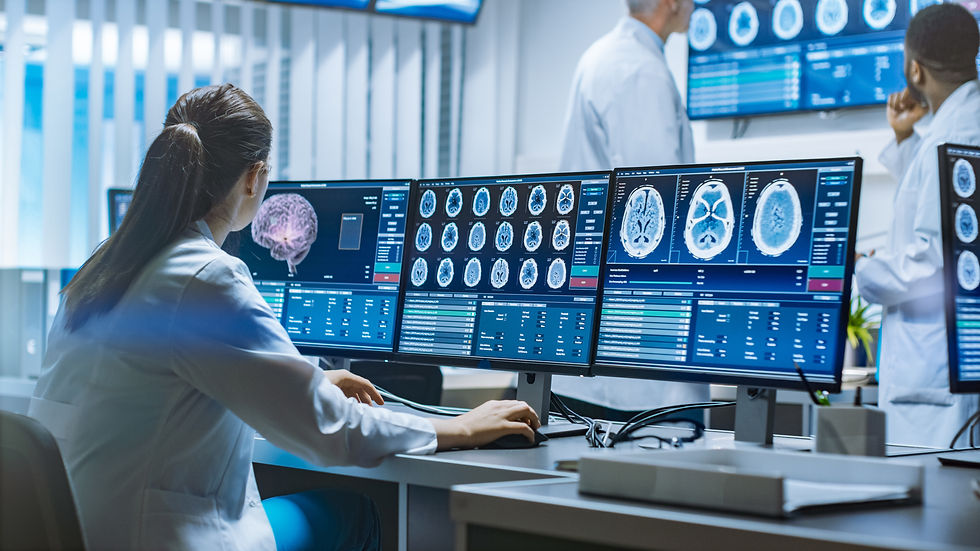TCMEP — Transcranial Motor Evoked Potentials
- integrasmweb
- Oct 24, 2020
- 1 min read
Updated: Nov 11, 2020

When corticospinal tracts are stimulated, the stimulation descends the spinal cord and motor evoked responses are detectable. In the TCMEPs, neural impulses, evoked by cranial stimulation, are recorded in the spinal cord or nerves, or in extremities musculature. The latter mode monitors anterior cord integrity, and this modality is also known as myogenic motor evoked responses. The latter are detected in the lower spinal cord following upper spinal cord stimulation. Cork-screw electrodes that stimulate the corticospinal tracts often are employed to apply electrical stimulation over the motor cortex area.

TCMEP comprises intermittent rather than continuous monitoring and each muscle recording contains Compound Muscle Action Potentials (CMAPs). This modality often supports SSEP monitoring of the spinal cord by providing slightly faster and more direct motor tract evaluation as well as prompt data with no averaging needed. TCMEP also presents an IONM option for patients in whom SSEP isn’t effective. The indicative value of this modality depends heavily on paralytic agent levels in use during surgery.






Comments